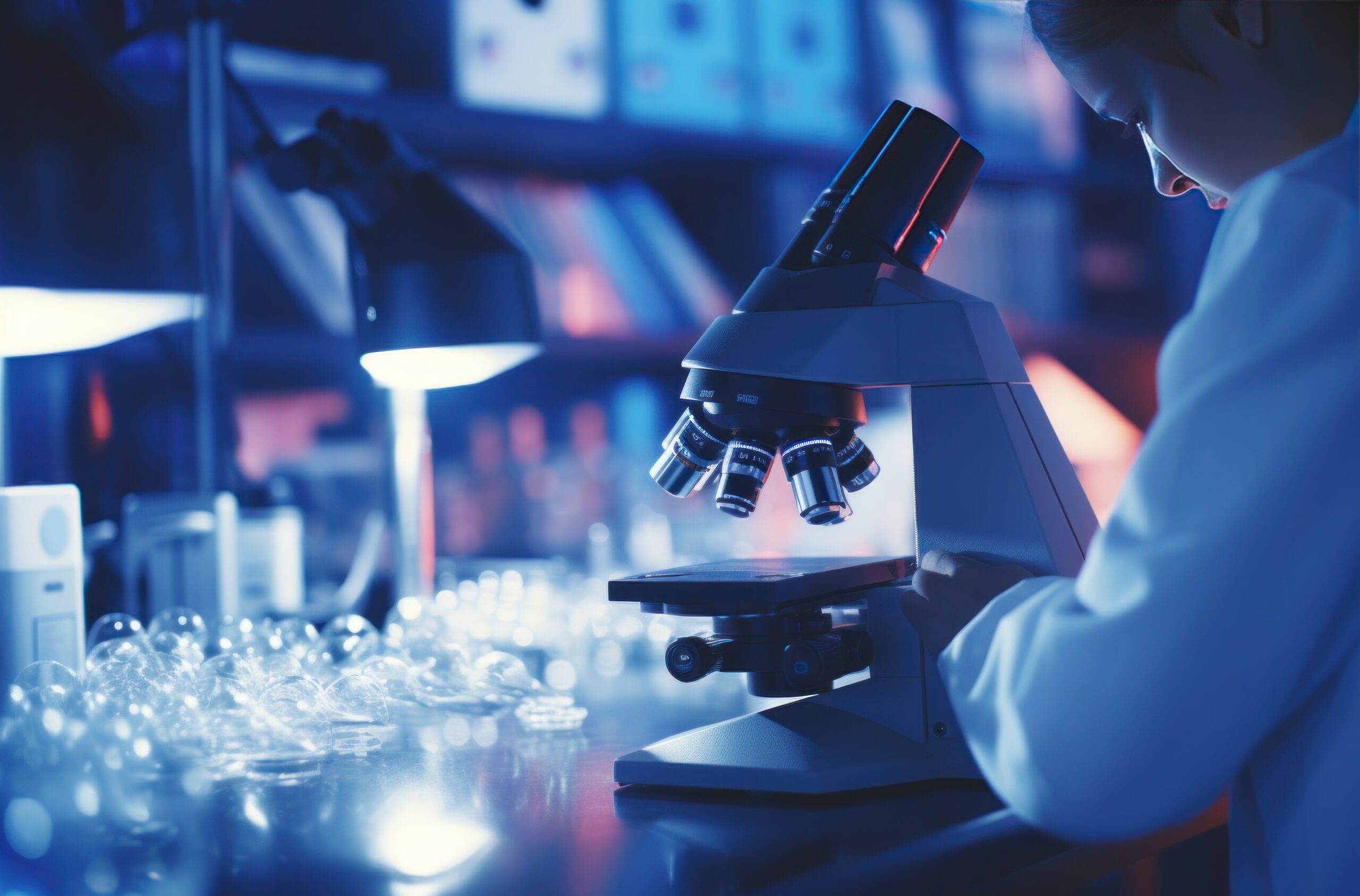Your cart is currently empty!
Peptides Show Potential for Addiction Treatment
Peptides are being explored as potential therapeutic options for helping with addiction recovery, as they may influence brain chemistry, mood regulation, and stress response systems that are often involved in addictive behaviors. While research on peptides specifically for addiction is still evolving, several peptides have shown promise in preclinical or early-stage studies for their potential to assist with addiction treatment.
Here are some peptides that have been suggested to have effects on addiction-related pathways:
1. Selank
- Type: Peptoid (related to the peptide Tuftsin)
- Mechanism: Selank is a synthetic peptide with anxiolytic (anxiety-reducing) and nootropic (cognitive-enhancing) effects. It works by modulating the levels of neurotransmitters such as serotonin and dopamine, which play a role in mood and addiction.
- Addiction Potential: Selank has been studied for its potential to reduce stress and anxiety, which are often triggers for addiction. It could potentially help with conditions like alcohol dependence or opioid addiction by reducing cravings and withdrawal symptoms.
- Research: Though not widely used in addiction treatment, it has shown promise in treating stress-related disorders, which are often co-occurring with substance abuse.
2. BPC-157
- Type: Body Protection Compound
- Mechanism: BPC-157 is known for its tissue-healing properties, but it also affects brain function by promoting neurogenesis (the growth of new neurons). This may help in cases of neuroplasticity issues caused by long-term substance abuse.
- Addiction Potential: BPC-157 has been suggested to help with cognitive dysfunction and brain healing associated with addiction. For example, alcohol abuse can cause structural damage to the brain, and peptides like BPC-157 may support recovery of brain regions involved in addiction and cravings.
- Research: Limited clinical studies on addiction, but preclinical research shows promising potential for neuroprotection and addiction recovery.
3. Epitalon
- Type: Epithalamin, a peptide from the pineal gland
- Mechanism: Epitalon is thought to stimulate the pineal gland and regulate the melatonin and dopamine systems. It is primarily known for its potential to promote longevity and overall health by improving cellular repair and reducing oxidative stress.
- Addiction Potential: Epitalon might help with addiction by restoring dopamine function, which is often disrupted in addiction. This can potentially reduce cravings and mood swings associated with withdrawal.
- Research: While primarily used in anti-aging studies, there is some potential for it to be used in addiction recovery, particularly with dopaminergic addictions (e.g., cocaine, alcohol).
4. Oxytocin
- Type: Neuropeptide
- Mechanism: Oxytocin is often referred to as the “love hormone” because of its role in bonding, trust, and social connections. It has been shown to affect the brain’s reward system, which is heavily involved in addiction pathways.
- Addiction Potential: Oxytocin has been explored as a treatment for drug addiction, particularly opioid and alcohol dependence, as it may help mitigate cravings and emotional dysregulation often seen in addicts. It is believed to enhance feelings of social connectedness and reduce the desire for substances that provide short-term pleasure.
- Research: Early studies suggest that oxytocin administration could reduce cravings for alcohol and opioids and help manage the psychological aspects of addiction.
5. Kisspeptin
- Type: Neuropeptide
- Mechanism: Kisspeptin regulates the hypothalamic-pituitary-gonadal axis, influencing reproductive hormones. It is also involved in regulating dopamine levels in the brain.
- Addiction Potential: Kisspeptin has been investigated for its potential to influence the dopamine system, which is critical in addiction. Modulating this system may help reduce cravings and the compulsive behavior associated with drug use.
- Research: Limited studies, but some evidence suggests that manipulating kisspeptin levels could impact dopamine-driven addiction, such as cocaine addiction.
6. Melanotan II
- Type: Melanocortin peptide
- Mechanism: Melanotan II acts on melanocortin receptors, which are involved in regulating energy balance, appetite, and sexual behavior. It also influences the reward pathways in the brain, particularly involving dopamine and endorphins.
- Addiction Potential: Melanotan II may have potential for treating addictive behaviors by modulating the brain’s reward pathways. While it is mainly studied for its impact on sexual arousal, there is some evidence that it could reduce cravings in substance use disorders.
- Research: Studies are limited, and more research is needed to understand its role in addiction treatment, but early evidence suggests it may have a modulating effect on behaviors related to addiction.
7. PT-141 (Bremelanotide)
- Type: Peptide analog of Melanotan II
- Mechanism: PT-141 acts on the melanocortin receptors to influence libido and sexual function. It has been studied for its ability to influence mood and reward pathways.
- Addiction Potential: PT-141 may indirectly help with addiction by improving the neurochemical balance in the brain and reducing the desire for substances that induce pleasure, potentially aiding in recovery from sexual addiction or impulsive behaviors.
- Research: While PT-141 is mostly used for sexual dysfunction, there is potential for its application in addiction therapy, particularly in balancing neurochemical systems involved in reward and pleasure.
Conclusion:
While peptides such as Selank, Oxytocin, and BPC-157 show promise in modulating the brain’s reward pathways, reducing cravings, and promoting healing, their use in addiction treatment is still in the early stages. More research, particularly clinical studies, is needed to establish their efficacy and safety for addiction recovery. As of now, they may offer supportive benefits in combination with traditional addiction treatments such as therapy and medications, but they should not replace established addiction recovery methods. Always consult with a healthcare provider before considering peptide therapies for addiction treatment.
Categories
- BPC-157
- CJC-1295 (with DAC)
- CJC-1295 No Dac
- DSIP
- Epithalon
- Follistatin
- General Peptide
- GHK-cu (Copper Peptide)
- GLP-1/GIP
- GnRH (Gonadotropin-Releasing Hormone)
- HCG (Human Chorionic Gonadotropin)
- Ipamorelin
- Kisspeptin
- Melanotan II (MT2)
- MK-677 (Ibutamoren)
- MOTS-c
- NAD+
- Oxytocin
- Peptide Chemical Profiles
- Peptide Storage
- Peptides
- PT-141 (Bremelanotide)
- Research Dosages
- Research Supplies
- Retatrutide
- Selank
- Semaglutide
- SNAP-8
- TB500 (Thymosin Beta-4)
- Tirzepatide
- Topical Peptides

